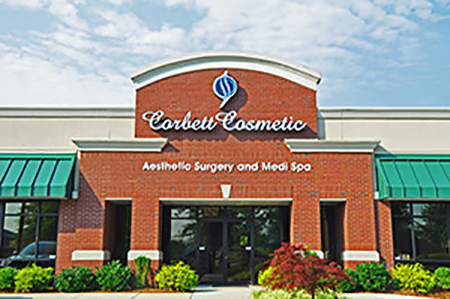Mentor and Allergan (formerly Inamed) saline-filled breast implants are approved for: (1) reconstruction (primary reconstruction and revision-reconstruction) in women of any age and (2) augmentation (primary augmentation and revision-augmentation) in women 18 years or older.
Mentor and Allergan silicone gel-filled breast implants are approved for: (1) reconstruction (primary reconstruction and revision-reconstruction) in women of any age and (2) augmentation (primary augmentation and revision-augmentation) in women 22 years or older.
FDA restricts the marketing of breast implants for augmentation to women of a minium age because young women’s breasts continue to develop through their late teens and early 20s and because there is a concern that young women may not be mature enough to make an informed decision about the potential risks. However, there is there is no age restriction on the marketing of these products for reconstruction, so as to allow young women to have access to breast implants to replace breast tissue that has been removed due to cancer or trauma or that has failed to develop properly due to a severe breast abnormality.
As for devices that are not approved for marketing, there are various age criteria and other restrictions for women who receive breast implants as part of a clinical study. Contact one of the companies conducting a study for more information.
FDA approved saline-filled breast implants for augmentation in women ages 18 and older. FDA approved silicone gel-filled implants for women ages 22 and older. The age restrictions are different because the risks are different for the two products. For example, silicone gel-filled implants will require frequent MRI monitoring to detect silent rupture (a rupture that can go undetected by you or your doctor). There is no risk of silent rupture for saline-filled implants. In addition, the health consequences of a ruptured saline-filled breast implant are different from those of a ruptured silicone gel-filled breast implant.
This information was taken directly from the FDA website.
Lee Corbett, MD
www.CorbettCosmeticSurgery.com
502.721.0330
All posts on this blog are presented by Kentucky Breast Augmentation surgeon, Dr. Lee Corbett



